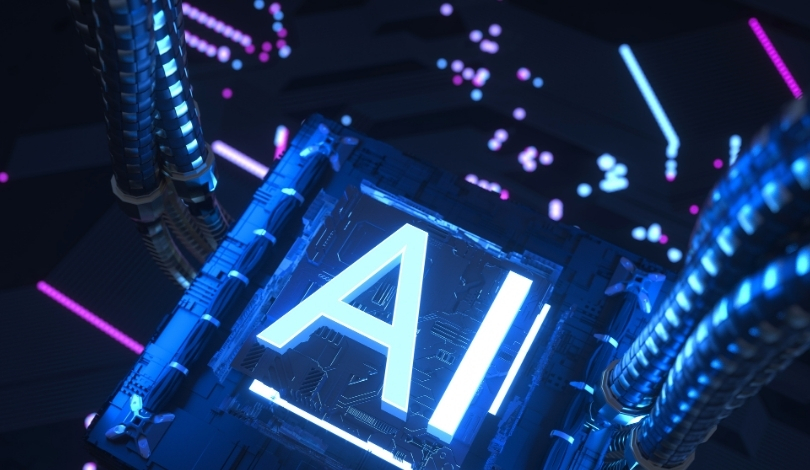In Silicon Valley, engineers are rapidly adopting AI-driven software tools like Cursor, which are reshaping traditional programming processes. As AI models grow more advanced, the practice of “vibe coding” has emerged, changing not only how code is written but also how developers experience their work. The pace of digital innovation has picked up, as companies seek heightened creativity and efficiency through intelligent code-assist tools. These trends excite technologists while raising questions about how fast the software landscape is shifting.
Cursor’s growing profile draws sharp contrast with prior rounds of funding and recognition given to AI code tools just a year ago. Interest from high-profile backers has rapidly increased, as valuation numbers and adoption have surpassed those reported for most direct competitors at similar points in their histories. Where automated coding was once met with skepticism, industry-wide acceptance has now followed strong endorsements from tech executives and substantial investment by venture capital. The rapid development and deployment of Cursor’s Composer model, alongside ongoing competition from firms like Anthropic and OpenAI, creates a dense landscape where product innovation and funding cycles often overlap.
How Did Cursor Secure Its Massive New Valuation?
Cursor, a San Francisco-based startup, has secured a Series D round of $2.3 billion, boosting its valuation to $29.3 billion. This follows an earlier $900 million funding round in June, which placed the company’s worth at $9.9 billion. The latest investment was co-led by Accel and Coatue, with significant contributions from Andreessen Horowitz, Nvidia, and Google, highlighting growing confidence in AI-aided software development.
What Needs Does Cursor Address for Developers?
Cursor’s platform targets programmers by offering advanced autocomplete and intelligent code editing support. This technology, created by MIT alumni Sualeh Asif, Arvid Lunnemark, Aman Sanger, and CEO Michael Truell, is being used by clients including OpenAI, Uber, and Major League Baseball. The tool reportedly assists not only with code generation but also accelerates project workflows, catering to teams inside major tech firms and other industries seeking to streamline engineering tasks.
What Are Industry Leaders Saying About Cursor’s Adoption?
“Internally, we often talk about how high the ceiling is for how great Cursor can become, and how much work still remains to get there,”
Cursor’s team shared in a blog post. The tool enjoys both internal and external praise; Nvidia’s Jensen Huang labeled it his “favorite enterprise A.I. service,” mentioning widespread internal usage.
“This funding will allow us to invest deeply in our research and build Cursor’s next magical moments.”
Company executives indicate their strategy focuses on both expanding the workforce—now over 300 staff—and refining their proprietary Composer model, with much of the new funding earmarked for research and product development.
Other industry players, such as Anthropic and OpenAI, are competing vigorously with their own coding assistance products. Reports have surfaced that OpenAI considered acquiring Cursor in early 2025, reflecting heightened industry focus on this technology niche. The widespread adoption of AI-driven coding further solidifies the credibility of tools like Cursor at a time when “vibe coding”—a term popularized by OpenAI’s Andrej Karpathy—takes hold in developer culture.
As AI coding assistants move from novelties to key infrastructure within engineering organizations, investors and executives watch to see which platforms earn long-term loyalty and deliver sustained velocity improvements. For developers considering these tools, understanding their workplace integration and ongoing research investments may be crucial. As more companies adopt AI-powered coding platforms, considerations around model transparency, data privacy, and continuous training will be important both in maximizing productivity and keeping technical workflows robust. Adoption patterns among major technology leaders often signal which solutions may become standards across the software industry. Those seeking to harness AI in programming should pay attention to both rapid innovation cycles and the strategic investments flowing into these products.










